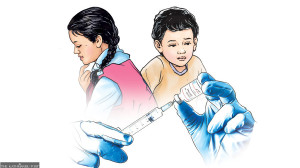Kathmandu
Valley Traffic is making GaPaSe checks ‘more stringent’ at Chobhar
Police say they have found an increasing number of people driving under the influence of drugs.
Post Report
On Friday, traffic police nabbed three individuals who were driving under the influence of banned substances in Chobhar, on the southern rim of Kathmandu. The three individuals—two of whom were driving Tata Sumo vehicles and another a motorcycle—were caught out of 20 checks performed at the place. The individuals have been handed over to the Metropolitan Police Circle in Kirtipur for further action, according to Kathmandu Valley Traffic Police Office.
After the success of the MaPaSe check, which tests individuals for drink-driving, traffic police in January started testing individuals for driving under the influence of banned substances like cannabis. The drive is informally labelled GaPaSe, acronym for ‘Ganja Padartha Sewan’ (cannabis consumption). Traffic police carried out GaPaSe checks in Jagati, Bhaktapur’s southern border, and Thankot, the main exit from Kathmandu. Now they are stepping up the tests in Chobhar, according to traffic police officials. The drive was launched with technical support from the Nepal Police Hospital and the Narcotics Control Bureau, Koteshwar.
Police said they have found an increasing number of people driving under the influence of drugs, especially cannabis, in Kathmandu-Kulekhani and Kathmandu-Hetauda road sections, both of which go through Chobhar.
“This is a very serious issue,” said Senior Superintendent of Police Rajendra Prasad Bhatta, who is also spokesperson for the Valley traffic. “Those who drive passenger vehicles are found to be using banned substances. This poses a great risk to the lives of passengers.”
Police said they have nabbed 149 individuals for driving under the influence of banned substances in the six months since the GaPaSe was introduced.
As part of the campaign, traffic police and other volunteers first talk to the drivers by stopping their vehicles and then examine their overt behaviour, said Inspector Bishal Singh, who has been deployed to the field from the traffic police headquarters. A lab technician then tests the driver’s urine with THC rapid test.
GaPaSe was introduced by former Traffic Police chief Mira Chaudhari, who was the first woman to lead the Kathmandu Valley Traffic Police. Speaking to the Post, she had said the purpose of introducing GaPaSe was to ensure road safety.
After the police made MaPaSe checks stringent, more people adopted other forms of drugs, Chaudhari had said, reasoning the GaPaSe check.
In January, traffic police nabbed 15 drivers, including a US citizen, from Jagati for driving under the influence of drugs.
Spokesperson Bhatta said the majority of booked drivers are found driving under the influence of marijuana, which is easily available in the outskirts of the Valley.
Nepal government criminalised the sale, cultivation and consumption of marijuana after the introduction of Cannabis and Narcotics Drug Control Act 1976. Based on the Act, anyone in possession of cannabis will land in prison and be slapped a fine of up to Rs25,000.
Spokesperson Bhatta said driving under influence of drugs and alcohol is a major contributor to accidents, so they have requested the public to report to the police if they suspect drivers are under the influence of banned substances. Valley Police have opened their contact number 103 and Police Hotline 100 round the clock for the public to lodge complaints.
“We will immediately take action if we get any complaints from the public,” Bhatta said. “We are committed to the safety of passengers and drivers in the Valley.”




 9.12°C Kathmandu
9.12°C Kathmandu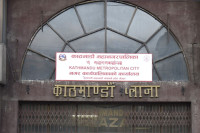

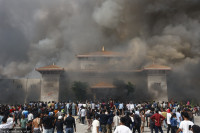
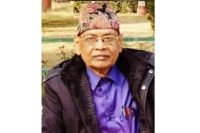
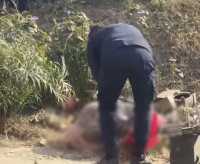

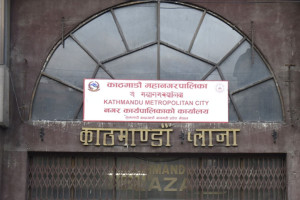



%20(1).jpg&w=300&height=200)

